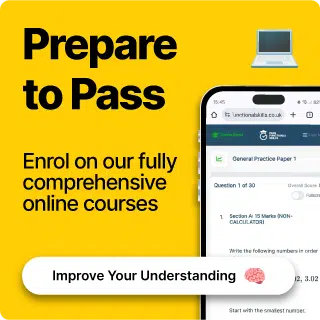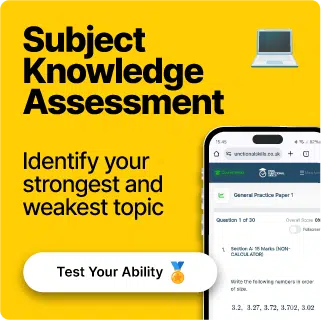Writing: Form, Presentational and Language Features
Form, Presentational and Language Features
When you are writing a text, you need to consider which form you are going to write it in, which presentational features, if any to use, and finally, which, if any, language features you want to use.
You will decide this, based on what will make your text the most effective.
In your exam you will need to write texts and will be marked on basic formatting choices, so it’s important to be familiar with the options you have as a writer.
Make sure you are happy with the following topics before continuing:
Form
Form is how the text is formatted and contained.


Packages
Choosing the form of your text is choosing the way you package it.
You may have written the most interesting article in the world, but if you have packaged it in an inappropriate form then it will not be very effective.
There are many different forms of text you can select from when planning, let’s take a look at them now:
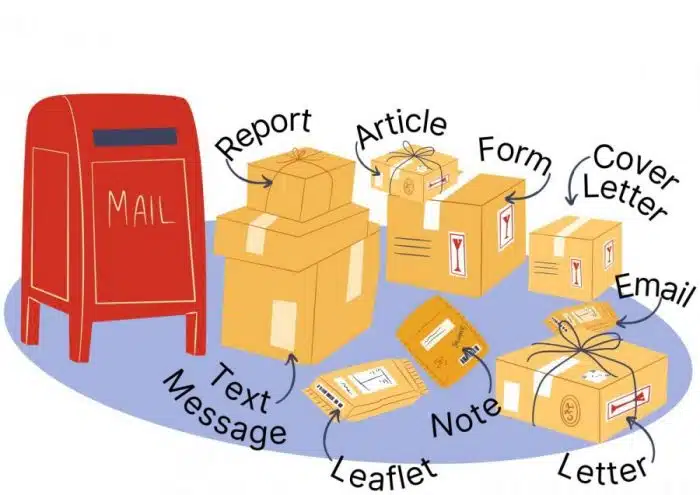
Some of these texts have specific formatting features which you need to include when writing them in real life.
Three of the main ones are letters, reports and articles.
- How do we write letters?
You create a letter using a few key components.
An address
A greeting
And a sign off
These form the skeleton of your letter.
It is your job next, to add in the extra detail to make it persuasive, informative or discursive etc.
2. How do we write a report?
You create a report using a few key components.
Make sure that you have a clear introduction
Headings
Subheadings
Make sure that you have a clear conclusion
You need to make sure to use these features to divide your text up which helps the reader understand where the relevant information is located.
3. How do we write an article?
You create an article using a few key components.
The author’s name
A heading
A subheading (if necessary)
Images
You should use these features to inform the reader what information the article will contain, its key argument, extra details, and any bias the author has.
Follow Our Socials
Our Facebook page can put you in touch with other students of your course for revision and community support. Alternatively, you can find us on Instagram or TikTok where we're always sharing revision tips for all our courses.
Presentational Features
Presentational features are elements that can be added to a text in order to make the information clearer and easier to access.


Signposts
You can choose to include presentational features (also called organisational features by some exam boards) in your text to help your reader travel around it.
By including these useful signposts, you will make it easier for readers to find the information they are looking for, and to find the important information in your text.
Some of these are particularly useful or common so let’s take a look at the options you have when writing…
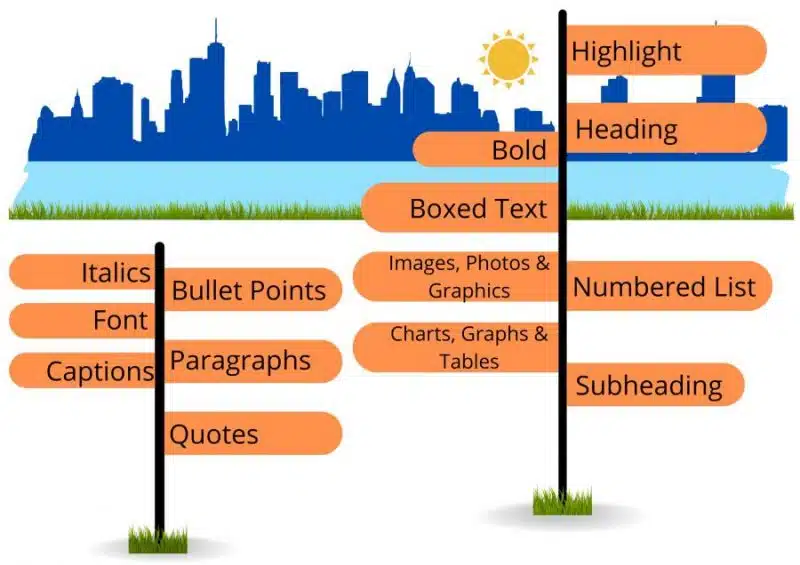
Some of these presentational features are used more in certain texts than others.
This is because they may be slightly more formal or informal, but also because they will help direct the reader to a certain kind of information, and not every text will contain that type of information.
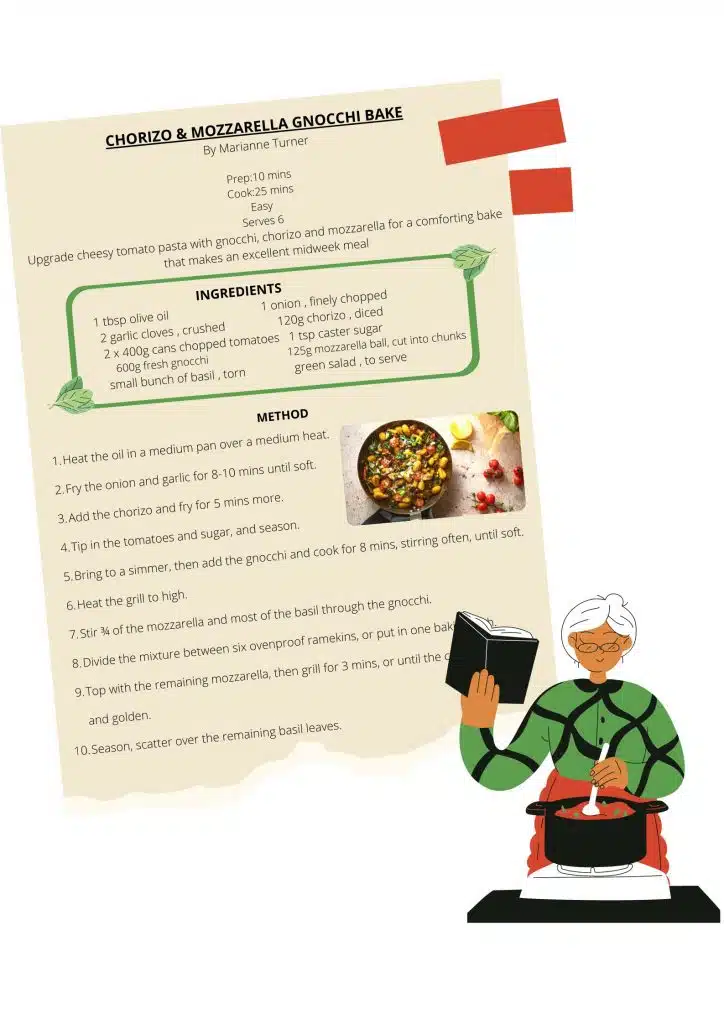

Bullet Points and Numbered Bullet Points
These presentational features look like this:
- This is a bullet point
- This is also a bullet point
- This is a bullet point too
- This is a numbered bullet point
- This is also a numbered bullet point
- This is a numbered bullet point too
They are typically used for texts with lists, such as a report, recipe or instruction manual.
Numbered bullet points are used rather than basic bullet points when the information needs to be read, or carried out, in a specific order, for example, for safety reasons.
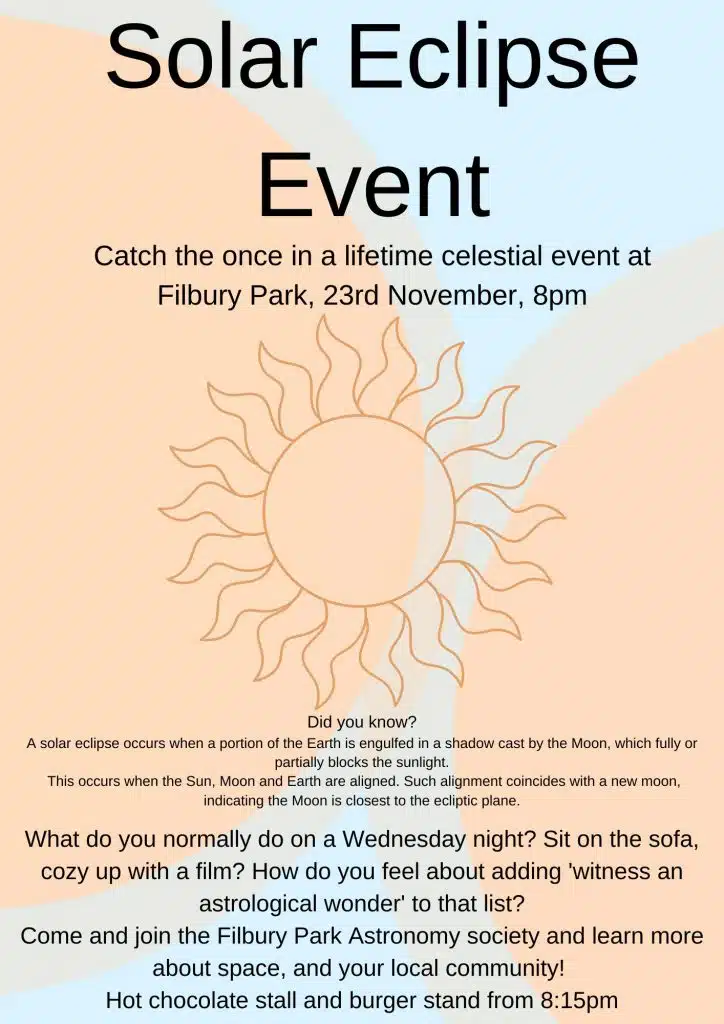

Headings and Subheadings
These presentational features look like this:
In this leaflet,
the heading is ‘Solar Eclipse Event‘,
AND
the two subheadings are ‘Catch the once in a lifetime celestial event at Filbury Park, 23rd November, 8pm‘ and ‘Did you know?‘
First glance:
Headings act as an overall introduction to a text in the simplest words possible. The aim of a heading is to inform the reader about the contents of the text at a glance, so that they can decide whether to continue reading or not.
Second glance:
Subheadings act as a more detailed introduction to a text. They will usually give you a few more details than the heading itself, and, after reading the subheading, you can usually infer whether the text is biased or not. Once the reader has decided to keep reading after looking at the heading, the subheading’s job is to keep them there.
Language Techniques
The rule of 3:
- When a writer lists 3 words or 3 phrases in a row.
For example: Chris Peabread is the funniest, chattiest and most extraordinary person I’ve ever met!
The effect of this is to emphasise the point.
Alliteration:
- When a writer repeats the same sound in quick succession.
For example: Scott Cheggs bounced the ball badly down the bannister.
The effect of this is to make the phrase/sentence easier to remember and allow it to stick in the reader’s mind.


Direct Address to the reader:
- When it seems as if the writer is talking directly to the reader.
For example: YOU must buy our insane new cleaning product!
The effect of this is to persuade the reader to do something – in this case, influence the reader to buy the product!
Language Features
Language features are added to the text to make it more interesting and engaging to read.
They also help the writer to emphasise key points in the text, and craft the reader’s emotional response to the text.


Spices
Language features are like spices, they can make texts much more delicious to read.
There are lots of different language ‘spices’ we can add into our texts, let’s take a look at a few of them now.

Imagery
Imagery is one of the most common language features you will come across.
There are three main types of imagery you can include in your texts…
- Idioms
- Metaphors
- Similes
But, each of these features do slightly different things.


- Idioms
Idioms are common phrases which are generally understood by a wide range of people.
Watch out though, they do not make literal sense, and are instead meant to symbolise a complex idea or feeling.
For example:
”She was over the moon about the promotion!”
Here, ”over the moon” describes how happy the person is, rather than that they have taken a trip into outer space!


2. Metaphors
Metaphors describe something as something else.
You should include them in your text when you want to make the reader explore the connection between the two items themselves.
For example:
”The meeting was a rollercoaster”


3. Similes
Similes compare something to something else, and clearly emphasise their similarities.
Simile, similarities, sounds… similar, doesn’t it?
This can be a useful way to remember this technique when you are writing.
You can create a simile using either ‘as…as…‘ or ‘like‘ in your sentence.
For example:
”The to do list for today is as big as a mountain.”
Additional Resources
Exam Tips Cheat Sheet
FS Level 2Specification Points Covered
L1.24 – Use format, structure and language appropriate for audience and purpose
L2.20 – Punctuate writing correctly using a wide range of punctuation markers (e.g. colons, commas, inverted commas, apostrophes and quotation marks)
L2.21 – Use correct grammar (e.g. subject-verb agreement, consistent use of a range of tenses, definite and indefinite articles) and modality devices (e.g. to express probability or desirability)
L2.22 – Spell words used in work, study and daily life, including a range of specialist words
L2.24 – Write text of an appropriate level of detail and of appropriate length (including where this is specified) to meet the needs of purpose and audience
L2.25 – Organise writing for different purposes using appropriate format and structure (e.g. standard templates, paragraphs, bullet points, tables)
L2.26 – Convey clear meaning and establish cohesion using organisational markers effectively
L2.27 – Use different language and register (e.g. persuasive techniques, supporting evidence, specialist words), suited to audience and purpose.
L2.28 – Construct complex sentences consistently and accurately, using paragraphs where appropriate
Writing: Form, Presentational and Language Features Worksheet and Example Questions
Writing: Form, Presentational and Language Features L2
FS Level 2NewOfficial PFSWriting: Form, Presentational and Language Features L1
FS Level 1NewOfficial PFSRevision Products
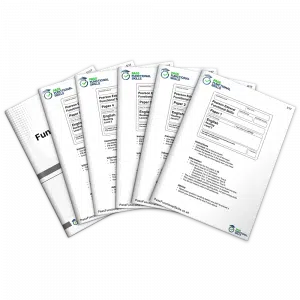
Functional Skills English Level 2 Practice Papers
This comprehensive set of 10 Functional Skills English Level 2 Practice Papers (5 reading papers + 5 writing) is a great way to revise for your upcoming reading and writing exams. These papers have been specifically tailored to match the structure, format and question types used by each of the main exam boards for functional skills English.
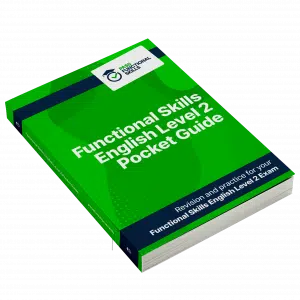
Functional Skills English Level 2 Book
Revise and practice for your functional skills English level 2 exam. All topics covered in this compact functional skills English level 2 book.
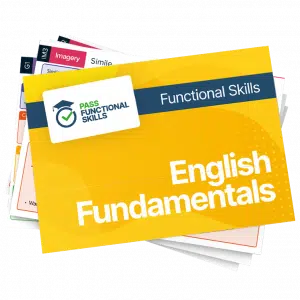
Functional Skills English Level 2 Revision Cards
Revise for functional skills English level 2, with these English level 2 fundamentals revision cards. Covering the building blocks of the essential areas of the level 2 exam.

